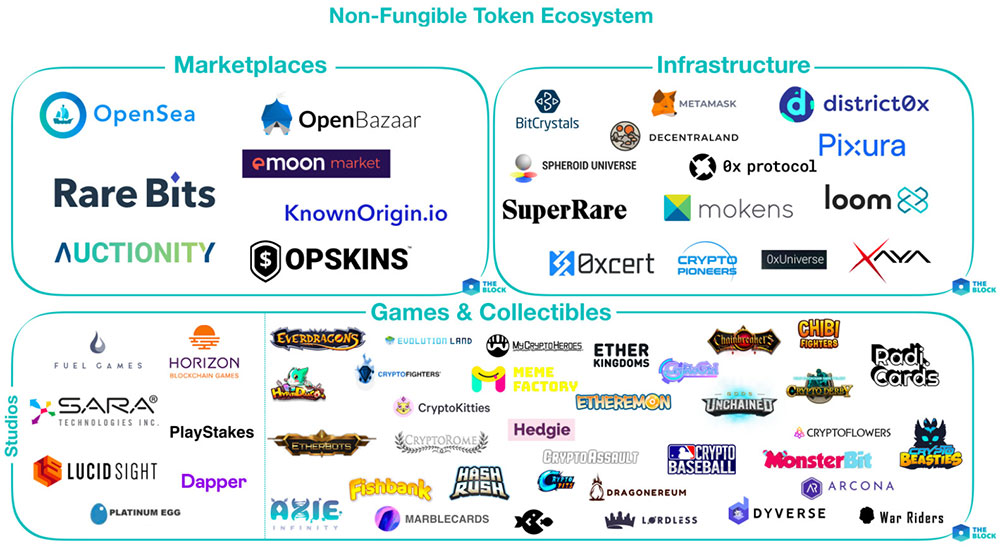You may have heard how the founder of Twitter Jack Dorsey sold his first ever 5-word tweet for the equivalent of $2.9m. Or may be about the short video of LeBron James, lasting no more than a few dozen seconds, that instantly became a treasure and was sold for an enormous sum of $208,000 to a basketball fan. You might wonder how such simple digital items that exist only in the Web can really be worth the value assigned to them?
That is because they were sold as NFTs or non-fungible tokens.
The non-fungible token is the type of a unique programmable cryptographic digital unit that exists as a sequence of numbers and letters stored on a distributed ledger protocol such as a blockchain. NFTs are cryptocurrencies, but unlike fungible cryptocurrencies like bitcoin they are 100% unique and cannot be traded or exchanged at equivalency.
Imagine you exchange a £10 note for two £5 notes and their value will still be the same. One barrel of oil equals another one just like one bitcoin will be the same as the other. But when you see a real artwork, Mona Lisa for instance, you cannot possibly divide the masterpiece between two owners or exchange it by another painting. Mona Lisa is unique, it has its provenance and thus is non-fungible. So is the NFT.
Traditional works of art such as paintings have value because they are unique. But digital files can be easily and endlessly duplicated and pirated. With NFTs, artworks can be turned into tokens with digital certificates of ownership. Those tokens can be bought, sold and traded more efficiently while reducing the probability of fraud.
You may have heard how the founder of Twitter Jack Dorsey sold his first ever 5-word tweet for the equivalent of $2.9m. Or may be about the short video of LeBron James, lasting no more than a few dozen seconds, that instantly became a treasure and was sold for an enormous sum of $208,000 to a basketball fan. You might wonder how such simple digital items that exist only in the Web can really be worth the value assigned to them?
The blockchain is the transparent and secure decentralized ledger that contains information about who owns the particular digital item, who and when sold it and how many times it was sold. It makes the NFT serve as a digital certificate of the authenticity of the purchased asset.
Examples of NFTs range from digital art-works, sports cards and other kinds of memorabilia to videos and music. Such non-fungible assets could be valuable for even more reasons in regard to video games and virtual environments. The NFTs often represent pieces of land in the digital metaverses or specific digital items in computer games, such as character skins, weapons, and other items in the game community. This gives players more freedom for modification and ensuring they stand out against the others in the game.
But the best part of the NFTs lies in just a small fact: the NFT market ballooned over 2020, climbing to a market value of at least $338 million, from about $41 million in 2018.

